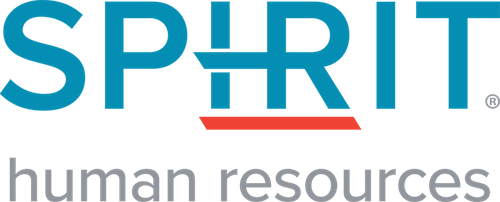Employee Tips and Tricks for Open Enrollment

Information Gathering
Compare the new plans being offered to your existing coverage(s). Identify any potential changes that may impact your family, including plan design changes, rate changes, or any late enrollee provisions.
Plan design changes might include different deductibles, copays or out-of-pocket maximums.
Verify that your health care providers are in the network you of the plan selected.
Compare your spouse’s benefit offering
Consider your spouse’s open enrollment period, as it may coincide with yours. Check to see if it is better for you to move to your spouse’s benefits or vice versa. Make sure to review penalties (if any) that may result from such a change.
Your spouse’s plan may have better coverage or less expensive premiums than your offering. Or, the provider networks may be different.
If you consider moving to a spouse plan, make certain there are no penalties for joining the group if other group coverage is offered.
Flexible Spending Pitfall #1
If you are offered and are enrolled with, a Flexible Spending Account (FSA), check with your Benefits Specialist to see if it requires re-enrollment for a new plan year.
While some benefits continue into the next plan year if you do not make a change, FSA is one that usually requires re-enrollment. If you don’t submit an active election for the new plan year, you may lose your opportunity to participate, which means you lose out on tax savings.
Flexible Spending Pitfall #2
Double-check your election amount against what future out-of-pocket eligible expenses you believe you will have.
Although some FSA plans have an allowable “roll-over” amount, FSA plans by nature are designed as “use-it-or-lose-it” plans. This means if you estimate your out-of-pocket eligible expenses too high, then you could potentially lose funds you did not use.
Statement of Health Forms
These forms might be headed your way if you elect supplemental life insurance at open enrollment for the first time, or if you are requesting an amount that requires medical evidence before approval.
Coverage levels requiring medical evidence cannot be considered for approval until these forms are completed, sent in, and reviewed by the insurance carrier. These forms are sometimes called Evidence of Insurability.
Deadlines, Deadlines, Deadlines!
Always keep the deadlines for submittal in the forefront of your mind. Once the deadline has passed, you can no longer make benefit plan changes, enroll with new plans that may be available to you, or cancel a benefit that you may not need anymore.
Questions?
If you have any questions, be sure to reach out to your Benefits Specialist. They are there to help you navigate through the confusing benefits waters. It’s best to be safe and ask your questions, to ensure you have the benefits you need and want for the new plan year.
Benefit enrollments can be tricky. Follow the tips above and if you need help, ask! Typically, enrollments are something you cannot undo after the plan year begins. Better to be safe than sorry.
Latest Blogs from Spirit HR
Your Quick Guide to E-Verify
The federal E-Verify program has been around in some form since 1996, and it’s only getting bigger. With Florida joining the program earlier this year, around half of all states now require E-Verify participation in some way. Enrolling in the program isn’t difficult,...
3 Reasons to Outsource Your HR
Navigating the complexities of HR management can be a daunting task for businesses, especially when streamlining operations and optimizing costs are crucial for success. Outsourcing your HR functions can be a game-changer, providing the breathing room you need as a...
3 Steps to Improve Health and Safety Compliance in Your Workplace
Health and safety are two terms that can seem tedious concerning the workplace, but ignoring them and the standards they entail could result in injury, illness or even death. Prevention and preparation are integral to a safe, happy and compliant organization. Here are...
